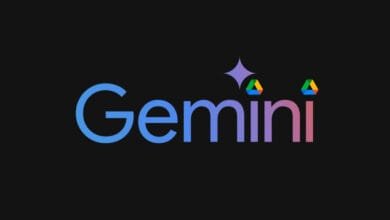Google Home Adds Gemini Integration & New Widget

▼ Summary
– Google is integrating Gemini into the Home app to enhance smart home automation and third-party device support.
– The Home app serves as a hub for Google’s smart home gadgets and compatible third-party devices, though managing mixed setups can be complex.
– New generative AI features in the Home app aim to simplify smart home management and improve user experience.
– Google is expanding Gemini integration to third-party devices via the Home API, with initial partners including First Alert, Yale, Cync, Motorola, and iRobot.
– The Home API will support discontinued Nest device replacements like First Alert detectors and Yale smart locks.
Google is enhancing its smart home ecosystem with deeper Gemini AI integration and a convenient new Android widget, making it easier than ever to control connected devices. The latest updates bring advanced automation powered by generative AI alongside expanded compatibility for third-party products through the Home API.
The Google Home app serves as the central hub for managing everything from cameras and thermostats to discontinued Nest products—though users with mixed-brand setups often face a steep learning curve. By weaving AI-driven features into the platform, Google aims to simplify interactions, whether adjusting lights or checking security alerts.
After months of testing, Gemini’s capabilities are now extending to third-party devices via the Home API. Early partners include First Alert’s safety detectors, Yale smart locks, Cync lighting, Motorola Tags, and iRobot vacuums—many of which are filling gaps left by Google’s retired Nest hardware. The new Android widget adds another layer of convenience, delivering real-time updates about home activity without opening the app.
While the rollout promises smoother automation, the true test lies in whether these upgrades can streamline complex smart home routines for everyday users. With AI handling more behind-the-scenes tasks, the goal is to make interconnected devices feel less like a puzzle and more like a seamless extension of the home.
(Source: Ars Technica)






